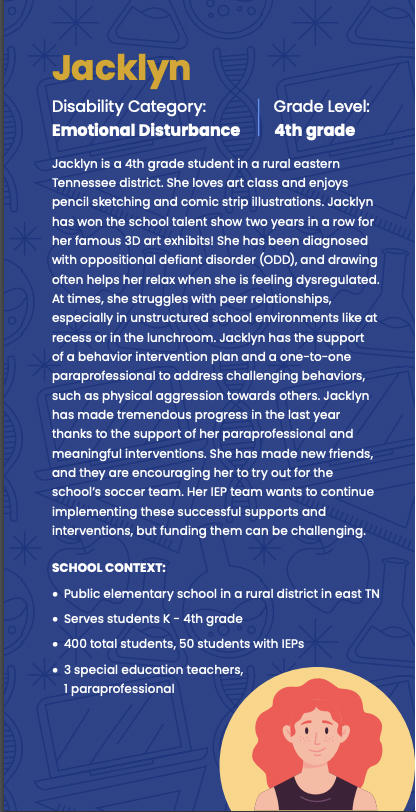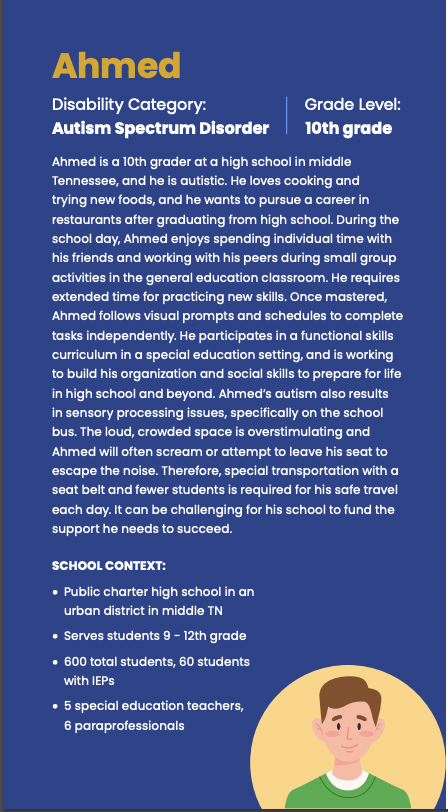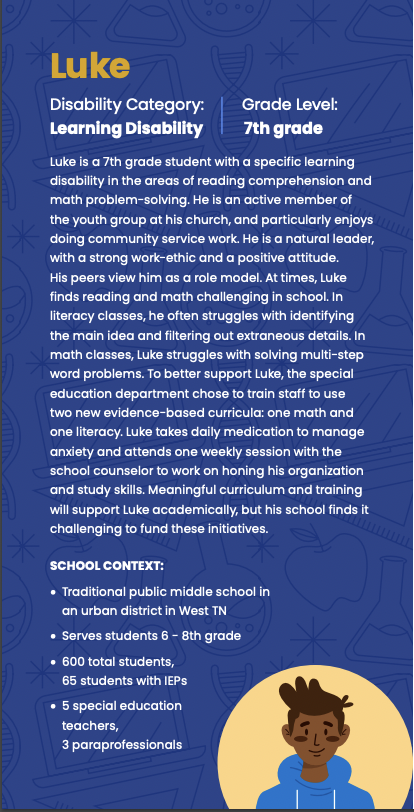Funding All Learners: Reforming Tennessee’s School Funding Formula to Better Serve Students with Disabilities
Tennessee Schools are currently funded through the Basic Education Program (BEP) -- a formula that calculates a total amount of dollars needed per school system and identifies how much of the funding is the responsibility of the state versus local funding bodies. Using the BEP’s complex 46 component rubric, the state then determines how much money schools get to support various budgeting items, such as textbooks, teacher salaries, and transportation. The state does not distribute funding to school districts per pupil or in accordance with student-based factors, unlike most other states. According to the Education Law Center, when adjusted per pupil, Tennessee spends about $11,139 per student each year, far below the national average of $15,114. Without proper funding, Tennessee students, families, and teachers are faced with the burden of this inequity.
Without sufficient funding to provide necessary IEP services, schools are presented with two challenges:
Where do we find the additional funds needed to provide services and supports legally required by a student’s IEP?
How do we make up for the gap between expected funding and realities of dollars received?
All Tennessee students deserve an equitable opportunity for success, including those with disabilities. Reforming the state funding formula will drive better outcomes for all learners now and in the future.
To illustrate this idea using a student-centered approach, we’ve compiled three student profiles highlighting the financial challenges schools face when supporting the unique needs of students in special education. While the students and schools are fictional, these profiles are based on real-life experiences of Tennessee students with disabilities. The numbers presented represent estimated costs of serving these hypothetical students in order to provide a greater understanding of the true cost of special education.
We hope that the Funding All Learners resource captures the unique challenges inherent in properly funding students with disabilities, and provide a solution for a path moving forward:
1. Students with disabilities need more funding than is currently allocated to properly access their school experience.
2. No two students with disabilities are the same, requiring a funding structure that is inclusive of a range of differences.
3. A weighted-student formula would include a set of tiered weights for students with disabilities, leading to more equitable resources for students requiring specialized services.



